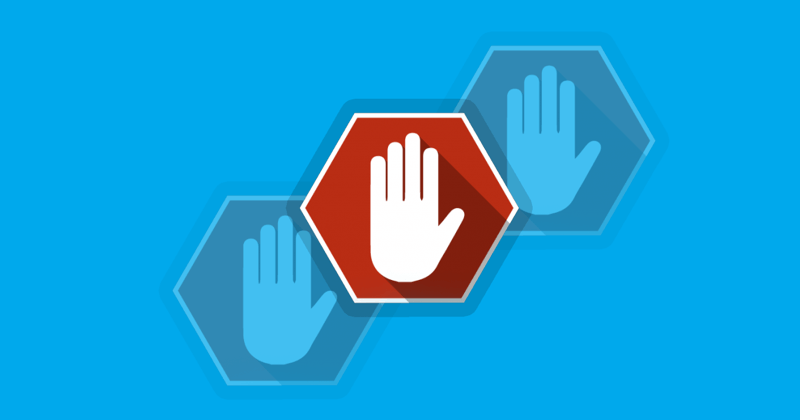Since the release of Apple’s iOS 9, iPhone and iPad owners are able to install content blockers. These content blockers are often referred to as ad blockers. Providing content blocking functionality through third party apps is a reasonable request. Apple has had this functionality in iOS since 16 September 2015. As a user of content blockers on the desktop, I jumped at the opportunity to install one on my mobile devices. I have been rotating them in and out of service for well over a year and a half.
Content blockers became necessary as sites started demanding more data from users. All the data usage by trackers, ad networks, analytics, and other plugins has gone unchecked for quite some time. For example, one of my favorite sites has over 20 plugins, most of which are for advertising. Imagine how much data consumption occurs while you are reading an article on your phone.
Most of these added “features” do nothing to improve the content on the page. Site operators insist that they improve user experience by tailoring content to individuals. I have yet to see that actually pay off in a meaningful way for users. If anything, it is tailoring more click bait for people to click, read, and believe (often falsely). How is this positively benefitting users? The short answer is, there is no direct benefit to users. The big winners are the maintainers of the plugins (by gathering metrics) and the mobile providers (who users have to pay more to for service).
Keep in mind, content blockers block ad networks. Ad networks have been a target for the delivery of malware for a long time. A fraudulent account will do an ad buy to attempt to inject malicious code web browsers. Usually, these ads get delivered via third party ad networks. A site will sign up with a company to display what should be relevant ads. Ad networks refer to third parties to deliver ads when there is high demand and not enough inventory. There is rarely much scrutiny of ads amongst these third party ad networks. Third party ad networks are a thin margin business; they do what they can with the resources they have. When I worked in a business with a heavy online ad delivery profit model we often received notices that our sites were delivering malware. 99.9% of the time it was a third party ad network injecting malicious code through our reputable ad networks’ code.
Saving money, privacy concerns, and stopping malware are all fantastic reasons to run ad and content blockers. I encourage all Mac and Windows users to run ad and content blockers. Linux desktop users should know what they are getting themselves into. But, for a few reasons, I am disabling ad and content blockers on my iPhone and iPad.
My use case is unique and you should understand that before continuing. I consume most of my online content through one of many sources. Hacker News, Lobsters, Twitter, LinkedIn, and my RSS aggregator are all sources I check throughout the day. Most of my reading occurs after my son goes to bed. My lovely wife will watch her Bravo shows (I watch them too but, I’m mainly reading). This means I am on very fast wifi and have solid DNS servers configured to prevent malware and bad actors. Additionally, I am consuming content from sources whose revenue model is advertising. Even if I am reading on my iPhone walking across my office I am on decent wifi. The cost of data or speed of delivery is not a concern during most of my content consumption.
My security concerns on my iPhone and iPad are less compared to my Mac. The sandboxes that apps and browsers live in provide enough security for me to feel comfortable without a content blocker. I can browse the content I am interested relative safety. The privacy concerns raised by cookies and other trackers still exist. In my case, this is an acceptable level of risk to read content for free. If the major content creators would package their subscriptions into an aggregated feed I would pay for them. That model does not exist yet and it is unlikely to contain the type of content I would want to read if it did.
Another reason for stopping the use of ad blockers is that to do so, to some extent, is hypocritical. I use third parties to deliver ads, collect metrics for analytics, and to enable commenting on my own site. I am very cognizant of what I push out to users. But, why should I expect people to see ads on my site if I am unwilling to see ads on theirs? Most content providers will not be as judicious as I am about what third party code they are delivering to their users. Hypocrisy is a strong motivator to change my thinking.
Given the rise of click bait and junk news, it is now more important than ever for good news sources to deliver good content. Most of the time, the only way sites can afford to produce quality content is to deliver it along with an ad network. Hopefully, the rise in utilization of content blockers will send a message to content providers. Content providers should ease up on the number of services their sites are foisting on users. I do not have the time to build and maintain a whitelist of good content sources to input into a content blocker. In an attempt to support the good content providers I will go without content blockers altogether on my iPhone and iPad.
Image courtesy Joe The Goat Farmer
